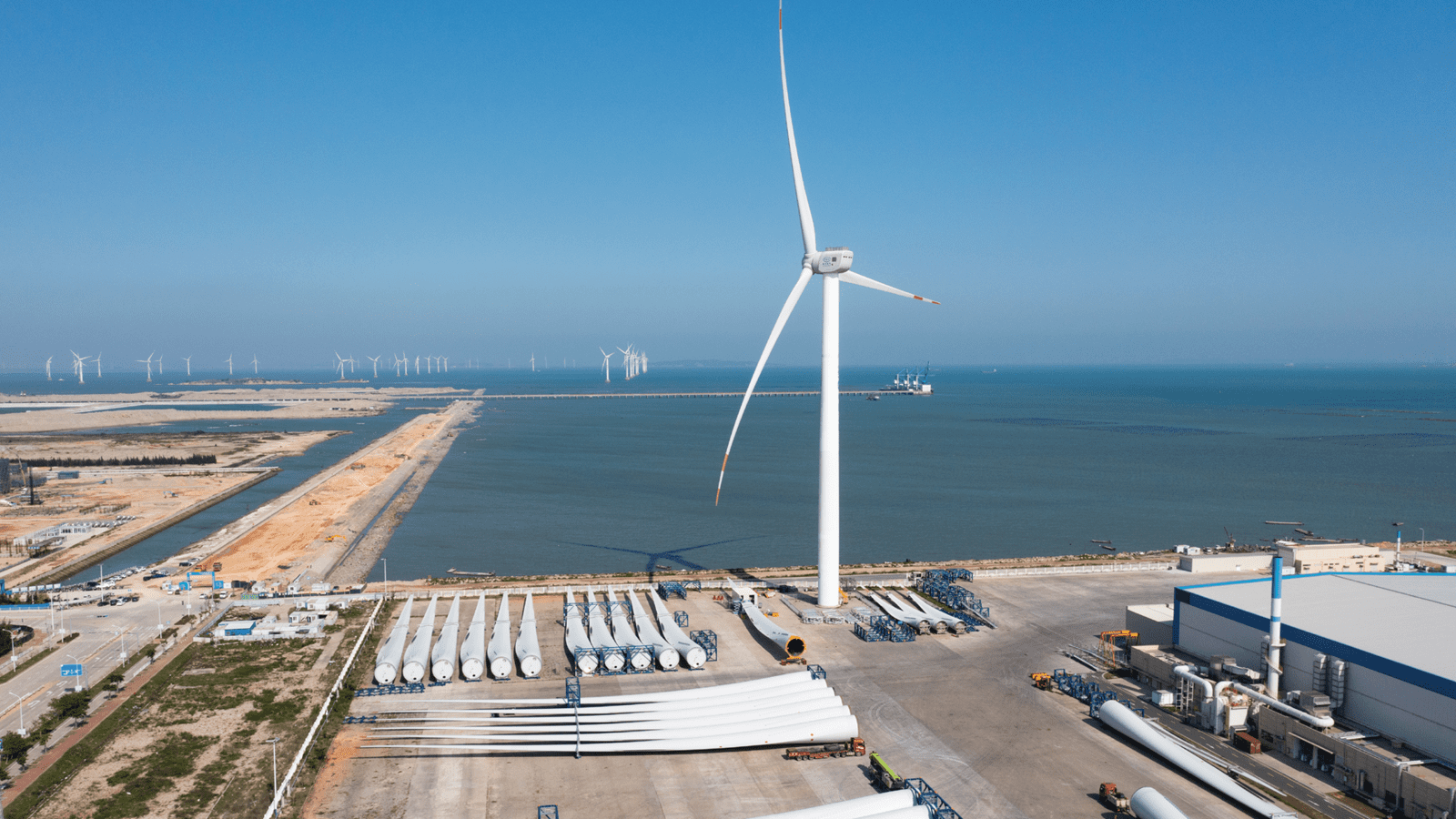How ROVs Are Transforming Offshore Oil & Gas
The oil and gas industry has always relied on innovation to explore further, drill deeper, and increase production. Today, one of the most transformative tools in offshore oil and gas...

The U.S. offshore wind energy industry is a beacon of clean energy innovation. In this story of progress, shipyards take center stage, crafting vessels vital to offshore wind farms. But beneath the horizon of opportunity lies a sea of challenges, particularly in marine insurance.
Navigating a Sea of Opportunity
Offshore wind farms have surged, offering environmental benefits and energy independence. The American Clean Power Association (ACP) reports a rapid surge in offshore wind projects, totaling a staggering 51,377 MW of expected capacity across 32 leases. That’s enough electricity to power over 20 million homes. Beyond this, these projects promise to create thousands of U.S. jobs and deliver billions in economic output.
One of the most significant bottlenecks in perpetuating the offshore wind industry throughout the U.S. has been the need for wind turbine installation vessels (WTIVs). Creating WTIVs is a costly operation totaling around $500 million per vessel. The cost, coupled with global demand throughout Europe and Asia, will likely drive up rates for wind developers already facing higher costs and delays.
The Role of Shipyards and the Need for Insurance
Shipyards are the unsung heroes, transforming coastlines into centers of innovation. They must fabricate, assemble, and deploy the complex infrastructure that offshore wind projects demand. From crew transfer vessels to colossal turbine blades, shipyards ensure these structures are built to last in challenging maritime environments. Yet, with every challenge comes a need for robust risk management and comprehensive marine insurance. This is where Hylant can help!
Safeguarding Success
In this intricate dance between offshore wind farms, shipyards, and insurers, marine insurance tailored to the unique risks faced is crucial. Coverage extends to maritime transportation, construction delays, equipment failures, and environmental liabilities. It addresses Jones Act compliance, safety and environmental concerns, supply chain risks, project management, and liability issues.
Jones Act Compliance: A cornerstone of the maritime industry, it’s essential for shipyards to ensure their vessels meet these criteria to avoid legal and financial repercussions.
Safety and Environmental Concerns: Insurers are crucial in providing coverage to mitigate risks associated with accidents or environmental damage.
Supply Chain Risks: Timely sourcing components is pivotal, and insurers play a role in managing supply chain disruptions.
Project Management and Quality Assurance: Efficient project management and quality assurance are imperative. Delays or defects can have significant financial and reputational repercussions.
Insurance and Liability: Shipyards must have comprehensive insurance coverage addressing the unique risks associated with vessel construction, from accidents to project delays.
In conclusion, as shipyards continue to play a critical role in the offshore wind industry’s growth, insurance specialists, alongside risk management professionals, are essential partners in navigating the challenges and seizing opportunities. Seek seasoned insurance professionals who understand the intricate interplay between offshore energy and maritime operations. This ensures that your contribution to the offshore wind industry’s success is not only impactful but also protected. Visit hylant.com to learn more.
Contact:
Sabrina G. Brigance
Managing Director, Marine Practice
email: [email protected]
mobile: 904-887-4924 | phone: 904-520-6938
5210 Belfort Rd, Suite 405 | Jacksonville, FL 32256

Sign up for gCaptain’s newsletter and never miss an update

Subscribe to gCaptain Daily and stay informed with the latest global maritime and offshore news
Essential news coupled with the finest maritime content sourced from across the globe.
Sign Up